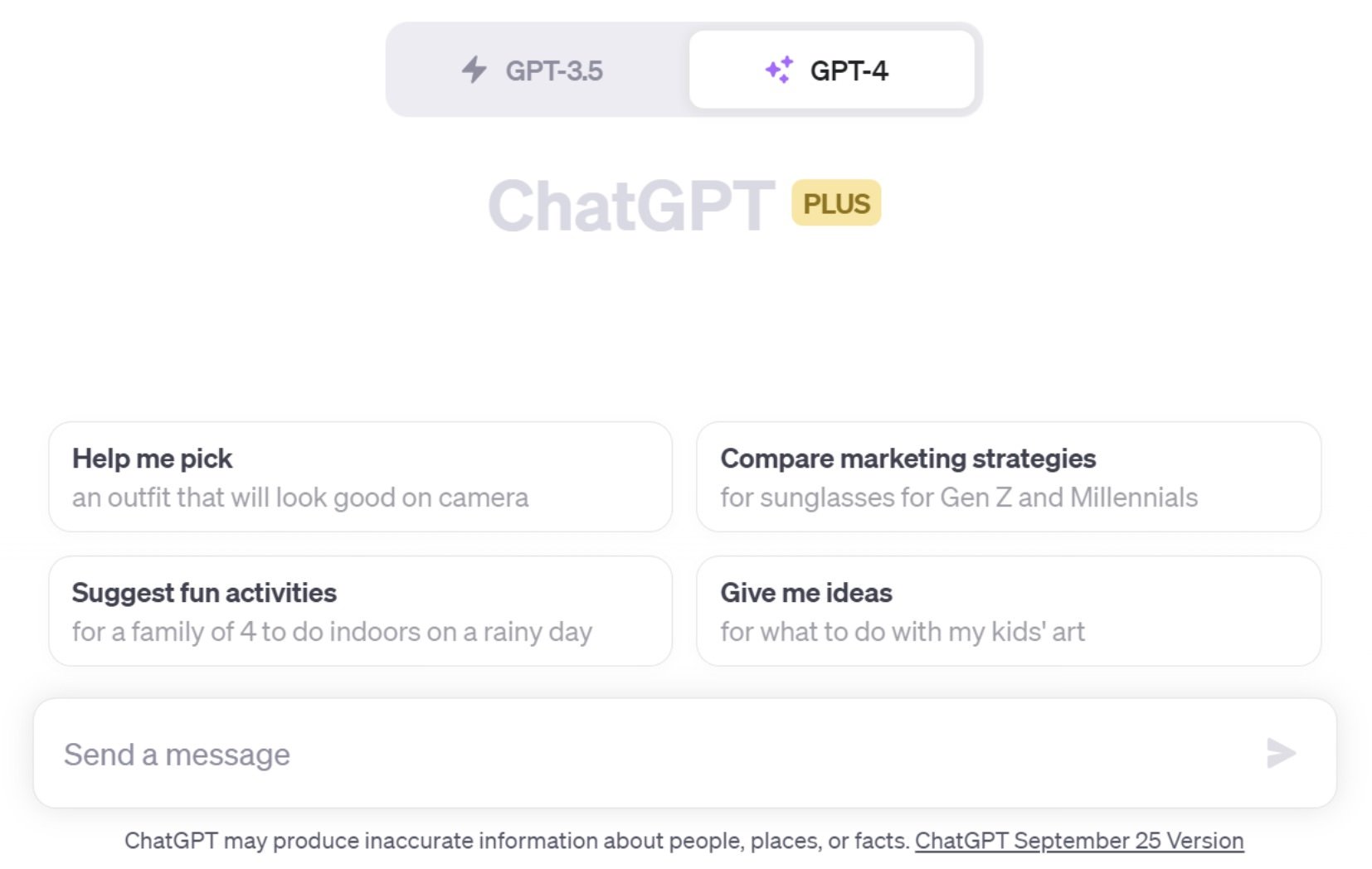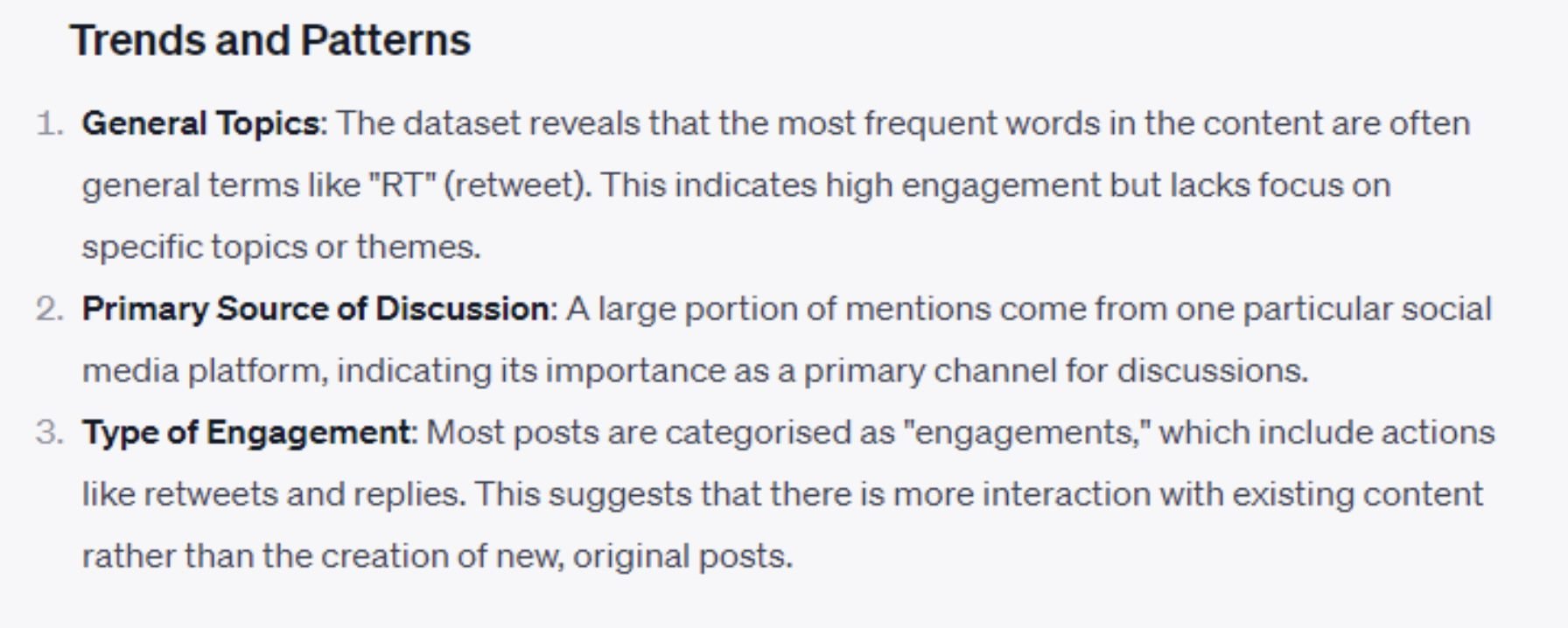This is a chapter from #PRstack: AI tools for marketing, media, and public relations, the latest #FuturePRoof publication. You can buy a copy of the complete book from Amazon in Kindle and print formats. The Kindle version doesn’t include images due to format limitations.
ChatGPT by Ben Lowndes | Practitioner
ChatGPT is an AI tool that offers transformative potential for public relations activities like ideation, content creation, analysis and reporting, but users must invest time to understand its capabilities, refine prompts carefully, and apply quality controls.
When considering AI’s impact on working life, it’s easy to overlook that ChatGPT hasn’t had its first birthday at the time of writing.
User numbers shot past 100m in less than three months at the start of 2023. This set the foundations for the biggest disruption to public relations practice since social media’s arrival a generation ago.
Whatever area of public relations you work in, ChatGPT can support stages of activity ranging from ideation to content creation, delivery, reporting and analysis.
Nuts and bolts of ChatGPT
Part of OpenAI’s suite of tools, ChatGPT uses machine learning to analyse and generate text responses to users’ input (or ‘prompts’).
The application can answer questions, write in the style of a professional or well-known individual and engage in conversation about a topic.
While its content generation capability attracts wide interest, its ability to condense detail into summary form is arguably more useful for time-pressed comms people striving to simplify complex information and provide content for different channels.
That said, practitioners won’t get decent outputs without the right input and refinements based on their professional judgement.
How to use it
Users can access various versions on chat.openai.com. A free version, ChatGPT-3, has basic features. A monthly subscription to ChatGPT-4 (currently $20 per user) offers priority access and faster response times. Businesses can also use API (Application Programming Interface) access, enabling ChatGPT’s integration with other software and services.
When setting up, there are ‘custom instructions’ to tailor ChatGPT’s responses to your needs. If, for example, you wish to avoid Americanisms, and focus on a particular industry, you can use these instructions to set such expectations.
To use ChatGPT:
• Type your ‘prompt’ or question into the box at the bottom of this image. Be clear about what you're asking, and what you don’t want. Provide detail – about audiences, industries and markets – to focus the response.
• Click ‘generate’.
• Check that the output is accurate and refine it accordingly.
Using ChatGPT-4, you can also upload documents and data to shape your responses at this stage.
Example use cases
ChatGPT can potentially support a huge range of tasks. Here are some options to illustrate how it could support public relations work.
For planning, ask for:
• Campaign ideas to help a [business/product/brand] promote its [offer / USP] in [market]. Say you want themes, not tactics or an explanation of what’s needed.
• PESTLE and SWOT analysis for a scenario to support research.
For delivery, ask for:
• Repurposed content: produce a statement, press release or series of social media posts from the information provided. Set the audience, channels, length and format.
• Analyse [information/data]. Summarise [xxx] words for [newsletter/website].
• Threaded social media posts from content provided.
For reporting and evaluation, ask for:
• Analyse [comments or feedback] and break down positive, negative and neutral comments.
• Themes and issues relating to [data/info]. This image represents how this could work in response to a prompt asking for themes and issues on a (totally fictitious!) social listening exercise.
Final considerations
While offering introductory thoughts on how ChatGPT can support public relations activity, this post doesn’t even start to scratch the surface.
As with any tool, it’s key to invest time in understanding what it can and can’t do, and discuss with colleagues how to implement it best.
Having quality control measures in place is also vital. ChatGPT can go wild and produce false information. Your judgement and adherence to accuracy is a counterweight to this. If using it to analyse data, ensure you comply with GDPR and respect confidentiality.
And finally, and perhaps most importantly, there’s no substitute for testing and tweaking your approach to find ways that work for you.
Ben Lowndes, founder, Distinctive Communications
https://www.linkedin.com/in/blowndes
Ben founded Distinctive Communications in 2022 after working in journalism and public relations for more than 20 years. A dad to two teenagers, he’s created and delivered communication strategies for local and national governments, charities, universities, and businesses.


